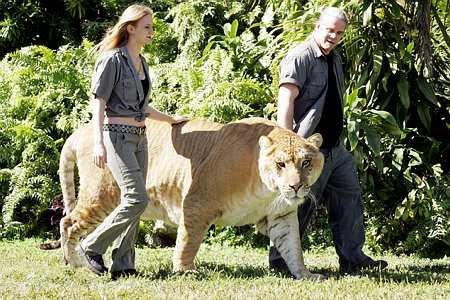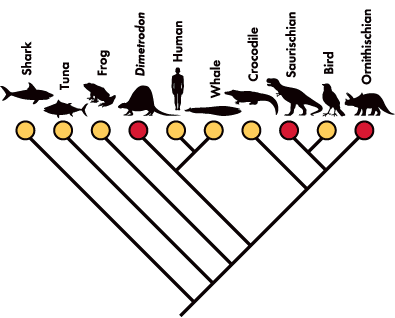Species and their classification
Determining evolutionary relationships
Human and plant adaptations
Competing theories: language
Natural selection
Biodiversity
Measuring biodiversity
Species and their classification
Taxonomy refers to the classification of living things by giving unique names to each species, and creating a hierarchy based on evolutionary descent. This is a challenging task, as most species that have ever lived on this planet are now extinct, and many more alive today have yet to be discovered and classified.
In order to achieve the above, though, we need a definition for both species and hierarchy. In the old days, a species was known as a collection of individuals similar enough in resemblance to be put in the same box. This was purely based on physical features. Today we know that similar physical characteristics on their own aren’t enough to define a species.
A species is defined in terms of observable physical features as well as the ability to produce fertile offspring.

This is Hercules, the liger. Hercules has a lion father and a tiger mother. Does that mean tigers and lions are really one species? This is one example of the issues surrounding both the definition of species, and taxonomy generally.
What is a hierarchy? A hierarchy, put simply, is a system of classification comprised of small groups contained within larger groups contained within larger groups, and so forth their is no overlap.

The above diagram is a phylogenetic tree. It is a representation of various species in terms of their genetic relatedness. Each “crossroads” is a different ancestor. From this diagram it is easy to see that humans are more closely related to whales than to birds, or indeed any other species represented.
The species with a red circle beneath are extinct. If a phylogenetic tree was made with all species that have ever lived up to today, the vast majority..
